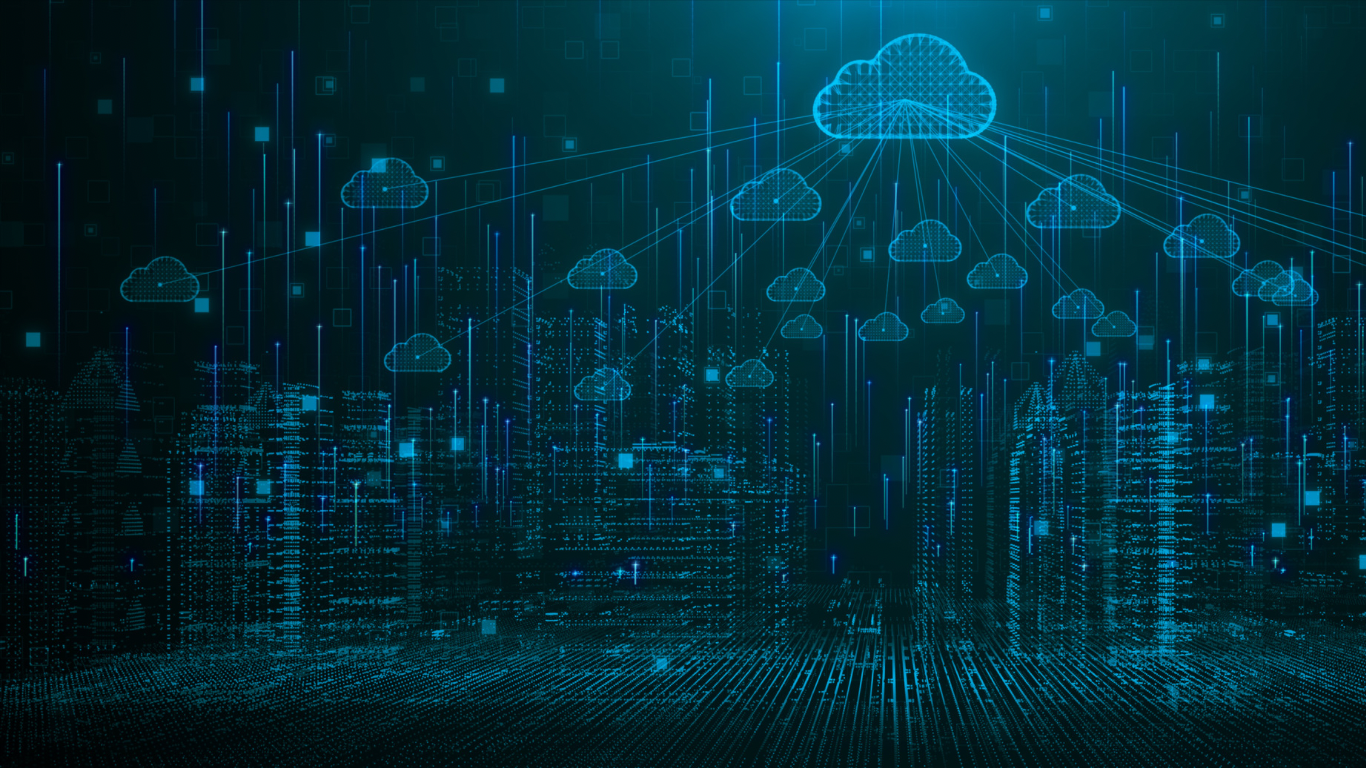In today’s fast-changing digital era, where cyber threats are an increasing concern, defending new cybersecurity solutions has become necessary. As technology continues to influence our society, cybersecurity licenses and US patents have grown in relevance. But what are the complexities? How do you obtain such a license? In this article, we’ll look into the intricacies of these two sectors, examining how they interact and impact the protection of cyber technology.
Cybersecurity Licenses
Licenses have an important role in the complicated world of cybersecurity because they protect proprietary technology while allowing cooperation and innovation. Cybersecurity licenses authorize the usage, modification, distribution, or integration of specified software or technology. Organizations may use licenses to find a balance between preserving their intellectual property and promoting wider industry usage.
Open-Source Licenses: In the cybersecurity world, open-source licenses have received a lot of support. These licenses make it possible for developers to share their code with others, encouraging collaboration and community-driven improvements. The GNU General Public License (GPL) and the Apache License are two examples.
Proprietary Licenses: Proprietary licenses grant exclusive rights to the software owner while imposing restrictions on how the software can be used, modified, or distributed. This approach is often used by companies seeking to maintain control over their technology.
Dual-Licensing Models: Some cybersecurity companies offer dual-licensing models, providing both open source and proprietary options. This allows developers to choose the licensing model that best aligns with their needs and intentions.
Obtaining a Patent
While licenses empower creators and users alike, they also present challenges. Balancing the desire for innovation with the need for security and control can be intricate. Organizations must carefully select licenses that align with their goals and business models. Also, understanding the implications of licensing terms, such as attribution requirements and compatibility with other licenses, is crucial to avoid legal complications.
US patents provide inventors with a legal framework to protect their novel and non-obvious inventions. In the realm of cybersecurity, patents serve as a means to safeguard innovative solutions that tackle the ever-evolving threats in the digital landscape.
To obtain a US patent for a cybersecurity innovation, the invention must meet certain criteria, including novelty, non-obviousness, and utility. Cybersecurity patents can cover a wide range of inventions, from novel encryption algorithms to innovative methods for detecting and mitigating cyber threats.
Patents provide inventors with exclusive rights to their inventions for a specified period, typically 20 years from the filing date. This exclusivity can enable inventors to commercialize their technologies, attract investors, and establish themselves as leaders in the industry.
The rapidly changing nature of cybersecurity presents challenges when seeking patent protection. The lengthy patent approval process can lag behind the fast-paced technological advancements, potentially rendering some patented solutions obsolete by the time the patent is granted.
QCi’s Cybersecurity US Patent
Highlighting the symbiosis of licenses and patents in cybersecurity, QCi recently secured a US patent for their innovative cyber solution. This patent not only acknowledges our commitment to advancing cybersecurity but also grants us exclusive rights to our technology.
This patent, which was previously granted early 2023 in Europe and China, focuses on unconditional network security and includes a method for quantum authentication. This patent is a significant advancement, addressing a crucial security vulnerability in a zero-trust environment. It protects information and ensures network security, working seamlessly with current fiber-based communication and satellite networks. The patent offers a broad solution by combining authentication and encryption in a single step, facilitating secure networking among multiple parties.
Learn about QCi’s new patent and our impressive accomplishments this year in our latest press release.


